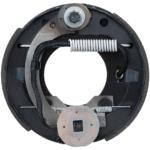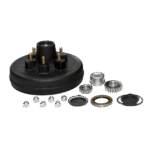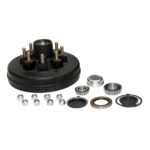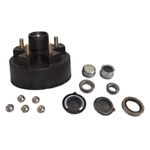Call us:(86)13287951690
RV, Camper & Trailer Brake Drum Maintenance Guide: The Key to Safe Towing
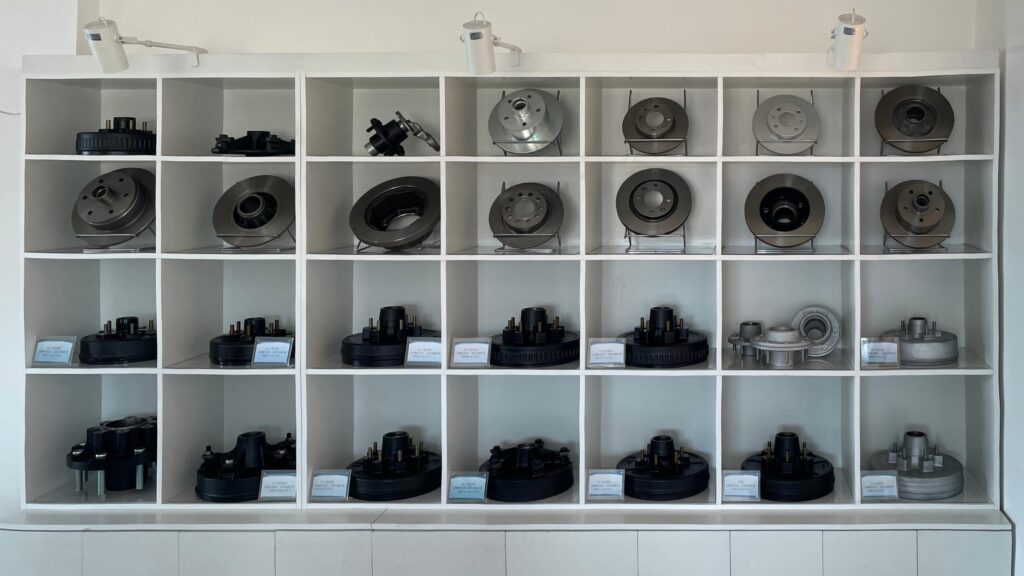
1. Brake Drums – The Unsung Heroes of Trailer Braking Systems
Brake drums on RVs and trailers endure extreme stress:
Heavy Loads: Fully loaded trailers exert far greater inertia than passenger vehicles, accelerating wear.
High Heat Exposure: Prolonged downhill braking can overheat drums (even causing “glowing”), leading to material fatigue.
Corrosion Risks: Exposure to water, mud, and off-road debris accelerates rust and surface damage.
Safety Alert:
According to the U.S. NHTSA, trailer brake failure is a leading cause of RV/trailer sway, jackknifing, and rollover accidents—often linked to worn brake
2. When Should You Replace Your Brake Drums?
Visible Warning Signs
Cracks or Warping: Check for heat-induced cracks (use a bright light for inspection).
Excessive Wear: Replace if the friction surface is worn beyond the manufacturer’s limit (typically ≤2mm remaining).
Deep Scoring/Grooves: Grooves deeper than 1.5mm from brake shoe contact.
Rust Perforation: Critical for coastal or humid climates—inspect inner drum surfaces.
Driving Symptoms
Vibrations or squealing during braking (may indicate out-of-round drums).
Longer stopping distances or spongy brake pedal feel.
Burning smell from wheels (overheating warning).
3. The “Golden Rules” for Safe Brake Drum Replacement
1. Choose High-Quality, Compatible Drums
Avoid Cheap Aftermarket Parts: Opt for SAE J2788-compliant drums designed for trailers.
Material Matters: High-carbon or compacted graphite iron (CGI) resists heat cracks better.
Fitment Check: Match lug pattern (e.g., 6-lug or 8-lug) and axle weight rating.
2. Professional Installation Tips
Clean Hub Surfaces: Remove rust/debris to ensure proper drum seating.
Torque Correctly: Follow manufacturer specs for lug nuts (overtightening distorts drums).
Break-In Period: Avoid hard braking for the first 200 miles to allow even wear-in.
3. Always Replace These Parts Together
Brake Shoes: New drums + old shoes cause uneven wear.
Bearings & Seals: Inspect wheel bearings during replacement (save labor costs).

